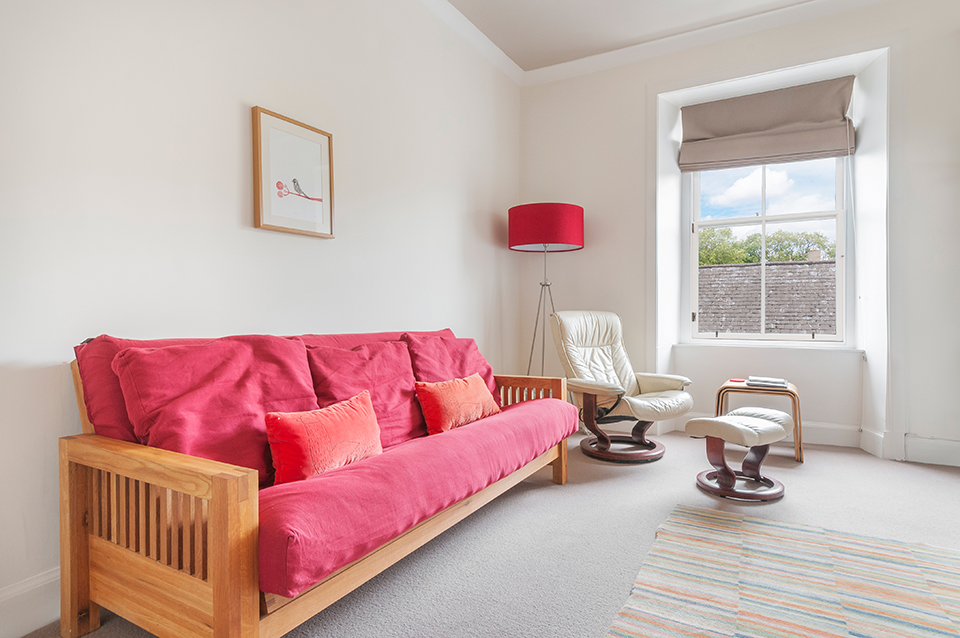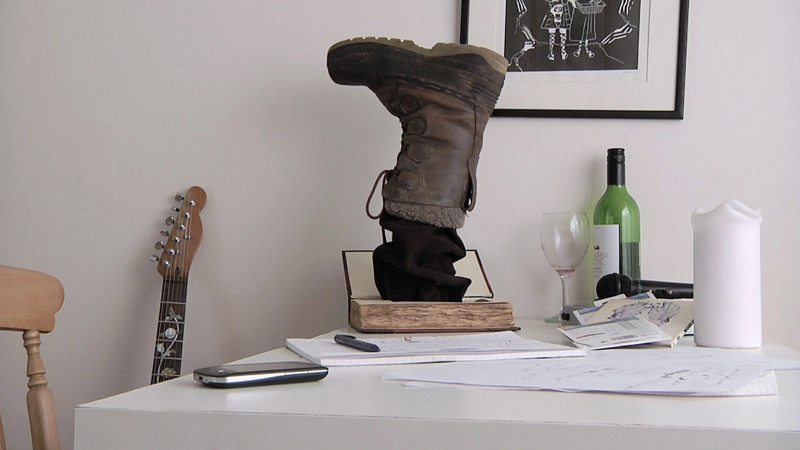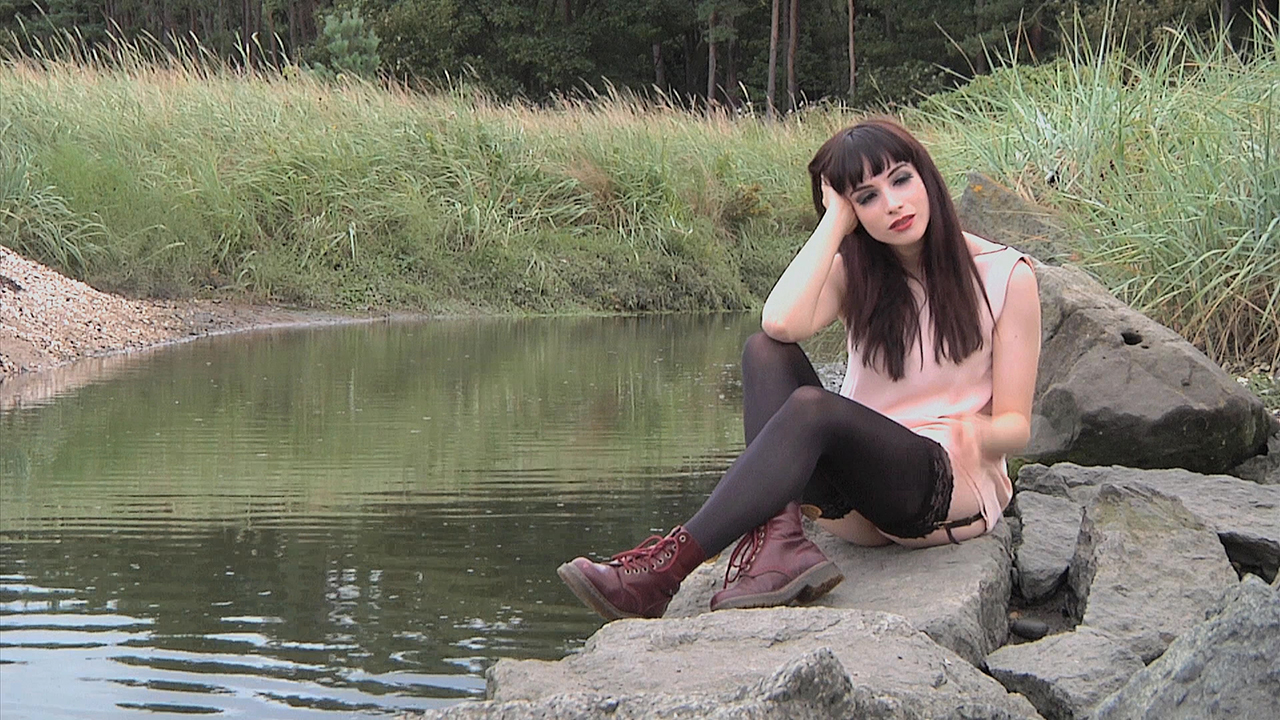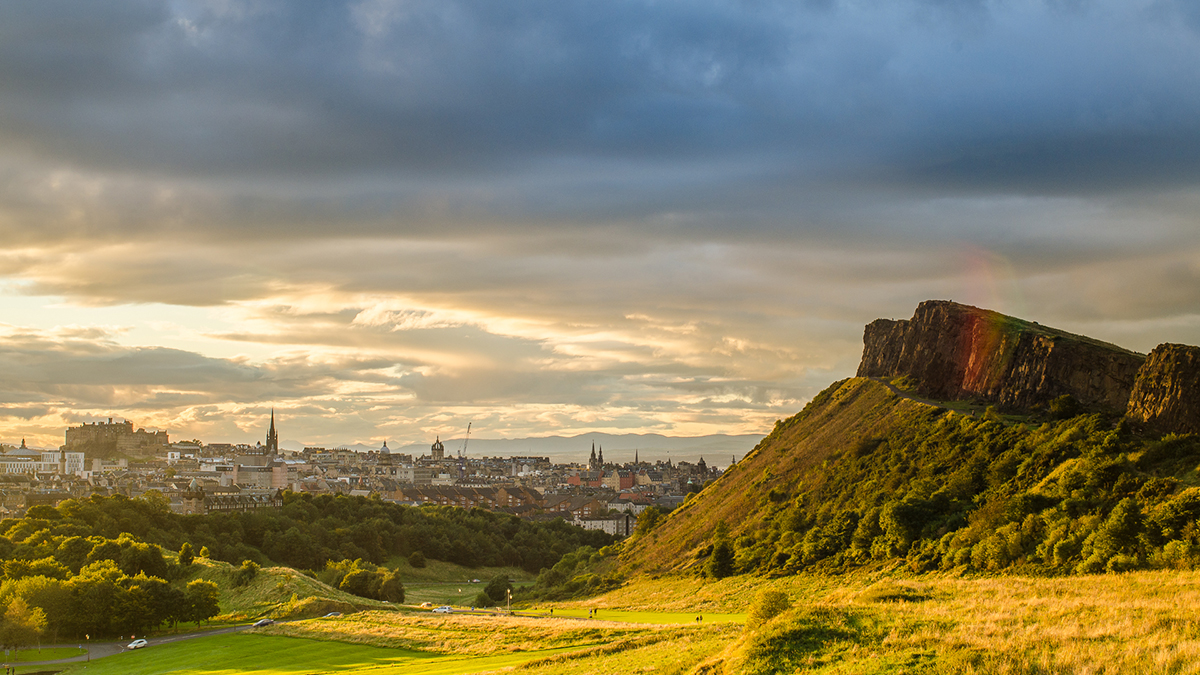In a previous blog post, “The Advantages Of Video Over Still Photographs”, I argued that video has a definite advantage over photographs when it comes to telling stories. I believe it’s because stories feel more real to us when narrated with video, and they tap into our emotions much more.
You may have witnessed people getting emotional in a movie theatre. Have you seen people cry at a photo exhibit?

But storytelling with video is an art form. This is why great movie directors are few and far between and command very high fees. A general rule is that one only shows the scenes that make the plot advance, in order to keep the audience engaged.
The problem with the real world is that it is inherently boring. Look out your window for a minute or so and not much happens. The pace is very, very slow. This is the problem one faces when trying to showcase a location with video. In the absence of interesting characters and a riveting plot the action unfolds too slowly to keep the viewer’s interest.
This is where time-lapse shines. By speeding up the action one hundredfold or even a thousandfold, the location comes alive and you see the movement of the clouds in the sky and the moving shadows they cast on the ground or the changing light as the sun sets. For city scenes, time lapse is at its most spectacular when day turns to night, because the contrast between the city during the day and the same scene at night is dramatic.
We are by nature attracted to things that look new. They grab our attention. Time-lapse is a relatively new medium and the public hasn’t been overexposed to it. So time-lapse is very popular.
I got into physics because I wanted to get a better understanding of nature. I find time-lapse fascinating because this medium allows me to see the world in a different way and gain new insights into nature’s inner workings and beauty.
Share this content on



